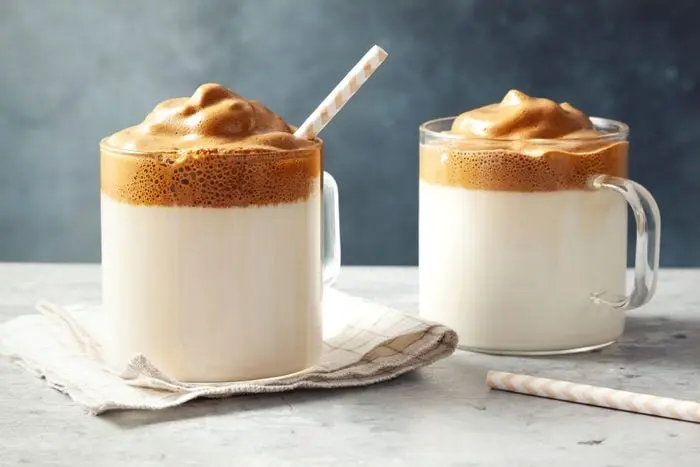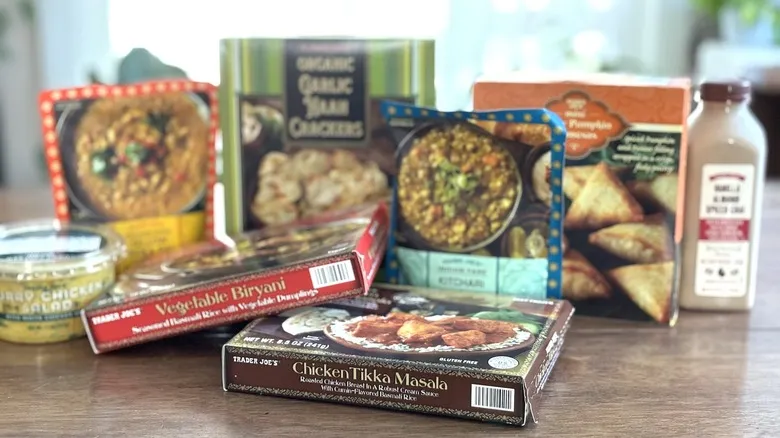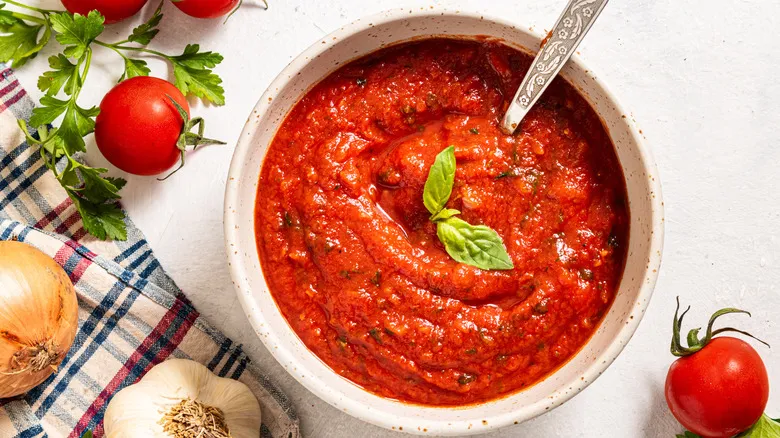From the medicine cabinet to holiday classic
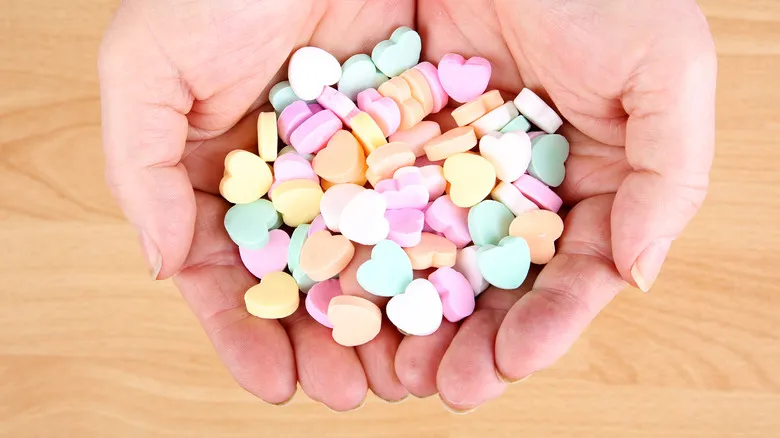
Initially, the Chase brothers' business specialized in candy shells that contained messages written on paper tucked inside. However, Daniel's invention of a stamping technique opened up a new realm of candy creativity. They began to mold candies into various shapes, such as baseballs, horseshoes, and even larger hearts than the small ones we recognize today. These earlier heart candies featured longer phrases, like "Married in white, you have chosen right," and were commonly served at weddings.
It wasn't until 1901, with the formation of Necco through a merger of New England candy companies, that conversation hearts became a cultural icon for over a century. They even appeared in the beloved "Anne of Green Gables" series in 1908, when Anne received a candy heart that read, "You are sweet."
As the 20th century unfolded, these candies became integral to the Valentine's Day celebration. The small cardboard boxes and their pastel hues became essential for Valentine's festivities—especially among schoolchildren—since they were perfect for sharing with friends. The messages served as conversation starters, vehicles for inside jokes, or subtle hints to a crush.
In 1988, when Necco acquired the Stark Candy Company, the conversation hearts were officially branded as Sweethearts, a name that has since become synonymous with the holiday centered around love. However, the chalky little candies have undergone many changes since that time.
Keeping up with the times
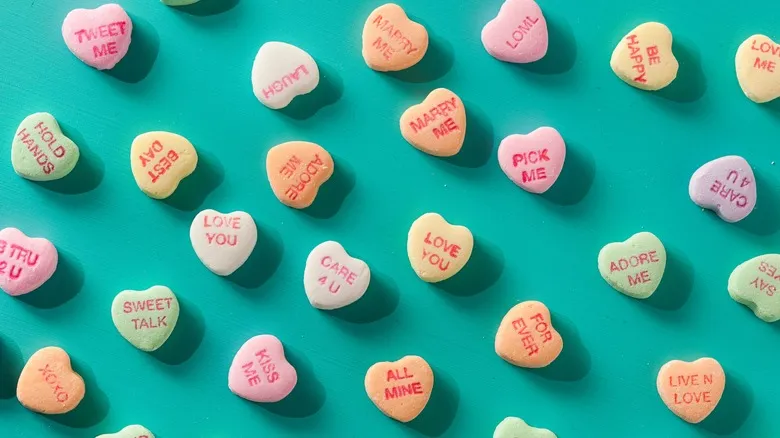
In recent years, the iconic sugary hearts have faced challenges, as has the Necco company itself. In 2018, Necco filed for Chapter 11 bankruptcy. That same year, the company was acquired by Round Hill Investments, and many candy enthusiasts hoped this would help preserve the Sweethearts candies, along with the cherished Necco wafers. Unfortunately, Necco's headquarters in Revere, Massachusetts, permanently closed in July 2018, leaving a void in the candy heart market.
However, Necco was later purchased by Spangler Candy Company, known for treats like Dum Dum lollipops, and Sweethearts made their return in 2020. The relaunch wasn't without its issues, as many of the candy hearts were missing their iconic messages. Fortunately, this problem was resolved in subsequent releases.
The changes haven't just been limited to the company; the messages on the hearts have also adapted to reflect contemporary culture. In addition to classic phrases, the hearts have showcased a variety of sweet messages that mirror evolving technology and communication trends. Over the years, phrases like "FAX ME" and "DIG ME" (which may have become outdated even before the candies themselves) have appeared in the mix. More recently, messages like "TEXT ME" have been added. It seems that these candies will continue to evolve with the times while still holding onto a touch of sweet nostalgia.
Recommended
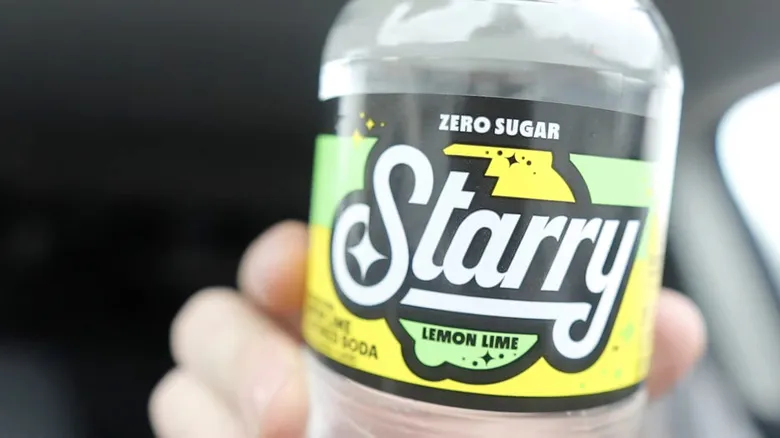
How Sierra Mist Evolved Into Starry
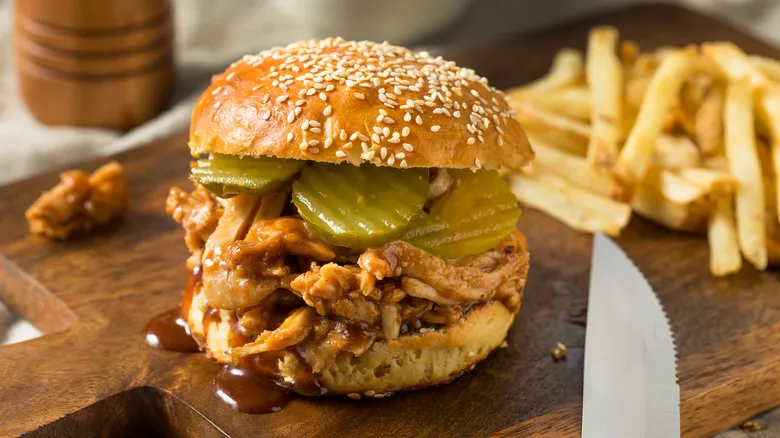
Why Do Sandwich Pickles Have Ridges?
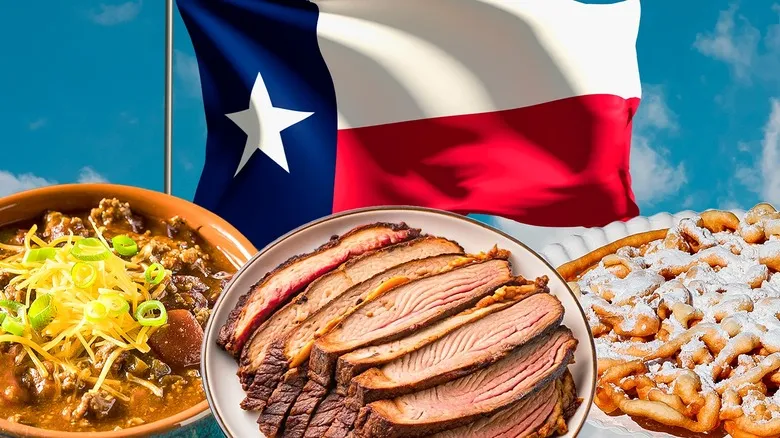
14 Iconic Texas Foods You Must Try At Least Once

Ice Cream Sundaes Were Invented Because Of A Bizarre Law
Next up



